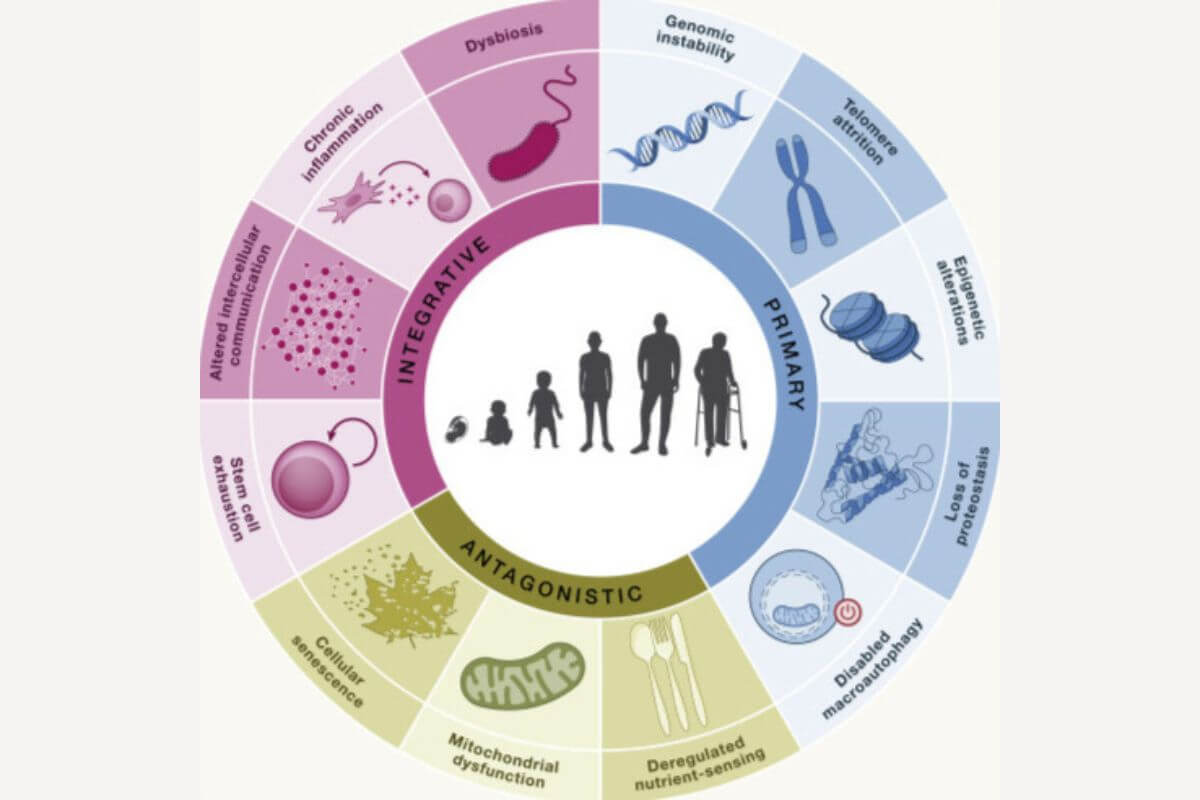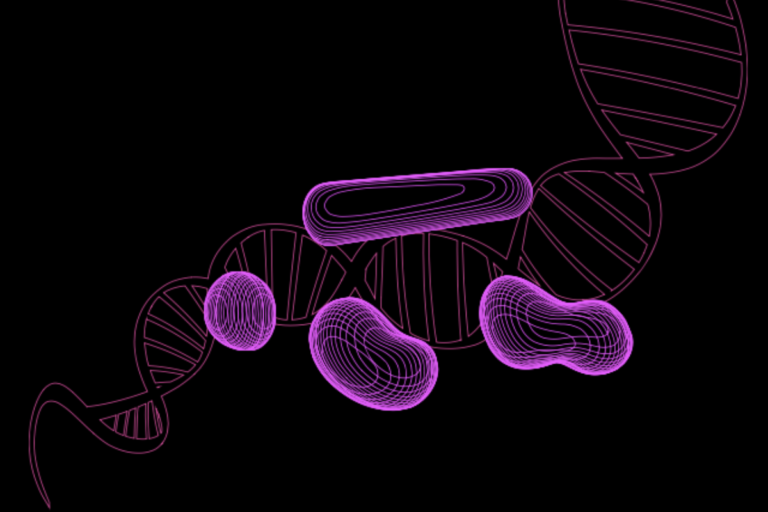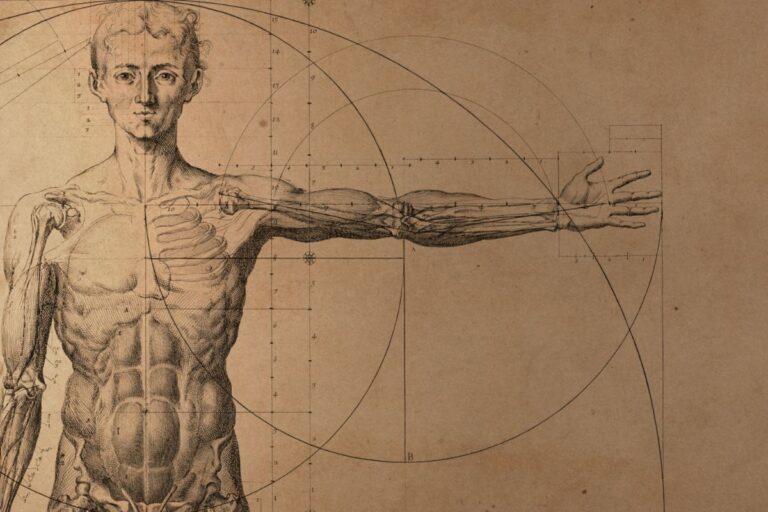Aging has puzzled humanity for centuries, but in 2013, a groundbreaking paper offered a revolutionary framework for understanding the biological mechanisms behind it. A decade later, with three new hallmarks added, this research not only explains why we age but also explores how we might live longer, healthier lives—and even raises the possibility of curing aging.
The original paper, The Hallmarks of Aging, identified nine fundamental processes, or “hallmarks,” that drive the aging process. In 2023, an updated version expanded this framework by introducing three additional hallmarks, deepening our understanding of aging and opening new doors for scientific breakthroughs.
The Original Nine Hallmarks
- Genomic Instability: Damage to DNA from internal and external factors leads to mutations that accumulate over time.
- Telomere Attrition: Telomeres, the protective caps on chromosomes, shorten with each cell division, limiting cellular lifespan.
- Epigenetic Alterations: Changes in gene expression, without altering the DNA sequence, disrupt cell function over time.
- Loss of Proteostasis: Misfolded or damaged proteins build up, impairing cellular function and contributing to age-related diseases.
- Deregulated Nutrient Sensing: The body’s ability to sense and respond to nutrients declines, affecting metabolism and longevity.
- Mitochondrial Dysfunction: Mitochondria, the “powerhouses” of cells, become less efficient, leading to energy deficits and oxidative stress.
- Cellular Senescence: A buildup of old, dysfunctional cells disrupts tissue function and promotes inflammation.
- Altered Intercellular Communication: Chronic inflammation and signaling disruptions negatively affect tissues.
- Stem Cell Exhaustion: Stem cells lose their regenerative capacity, hindering tissue repair and renewal.
The New Additions in 2023
- Chronic Inflammation: Persistent, low-grade inflammation damages tissues and accelerates age-related diseases.
- Dysregulated Timekeeping: Disruptions to biological clocks, such as circadian rhythms, affect health and longevity.
- Compression of Morbidity: Aging reduces functional capacity and independence before death, impacting quality of life.
Why Does This Matter?
The Hallmarks of Aging framework has become a cornerstone of aging and longevity research. Since its publication, the original article has been cited over 10,000 times, underscoring its profound impact on aging research. By understanding these mechanisms, scientists can develop therapies targeting them directly. The goal is not just to extend lifespan but to compress the time we live with disease—maximizing health and quality of life.
Recent advancements are paving the way for groundbreaking treatments, from gene therapies to drugs that can slow or even reverse certain aspects of aging. These efforts hold the potential to transform our lives and significantly reduce the global burden of age-related diseases.
For those interested in exploring further, the full papers are available here:







